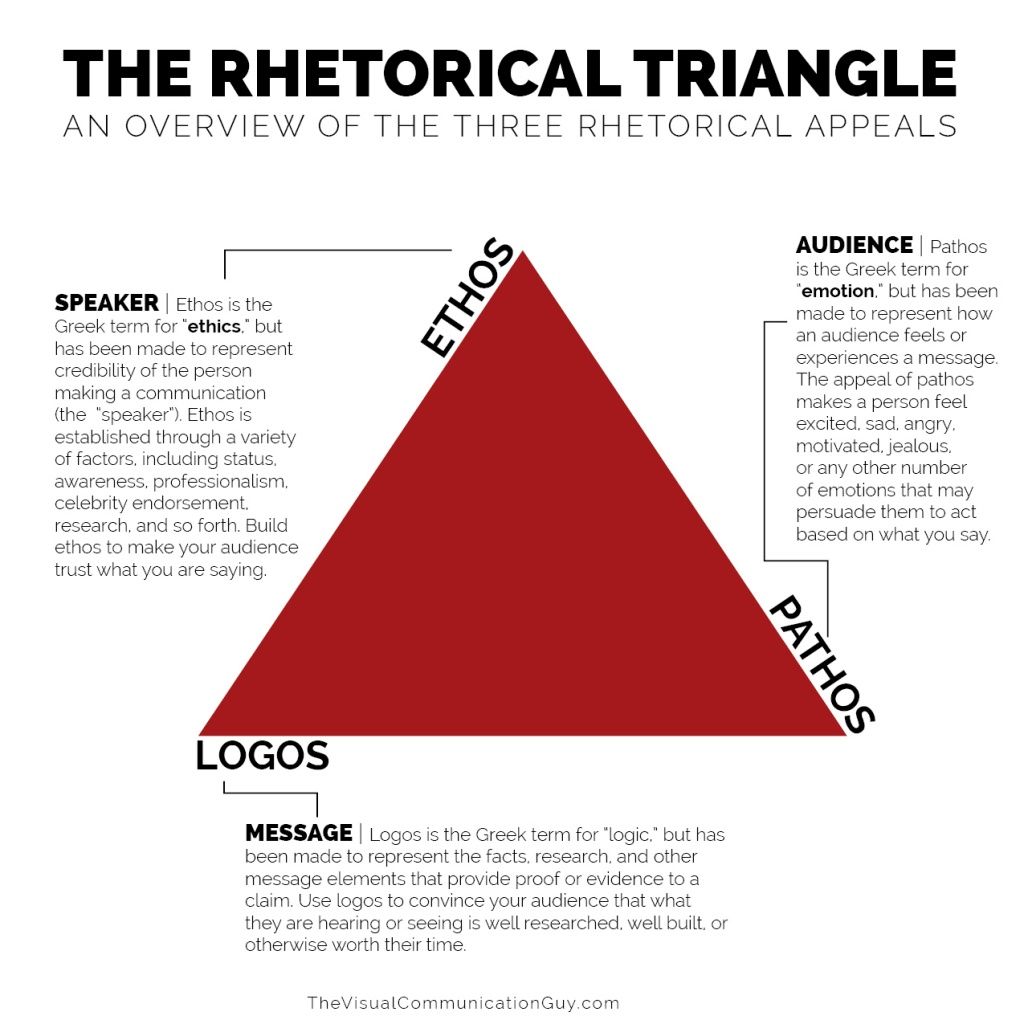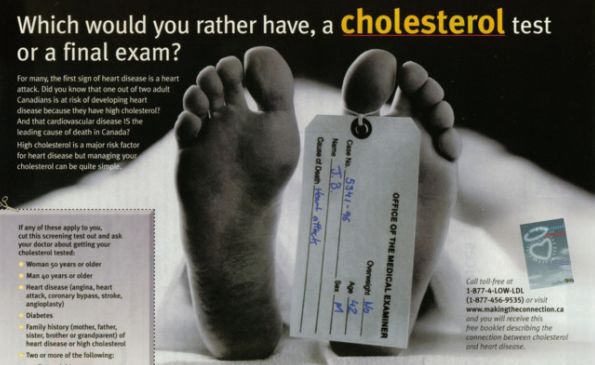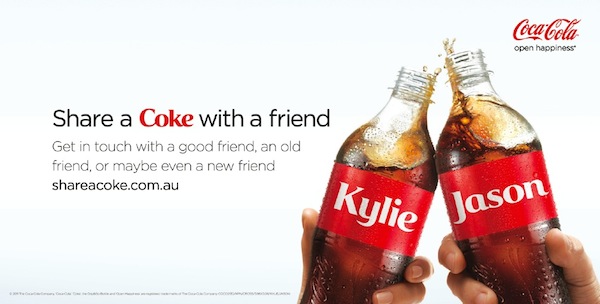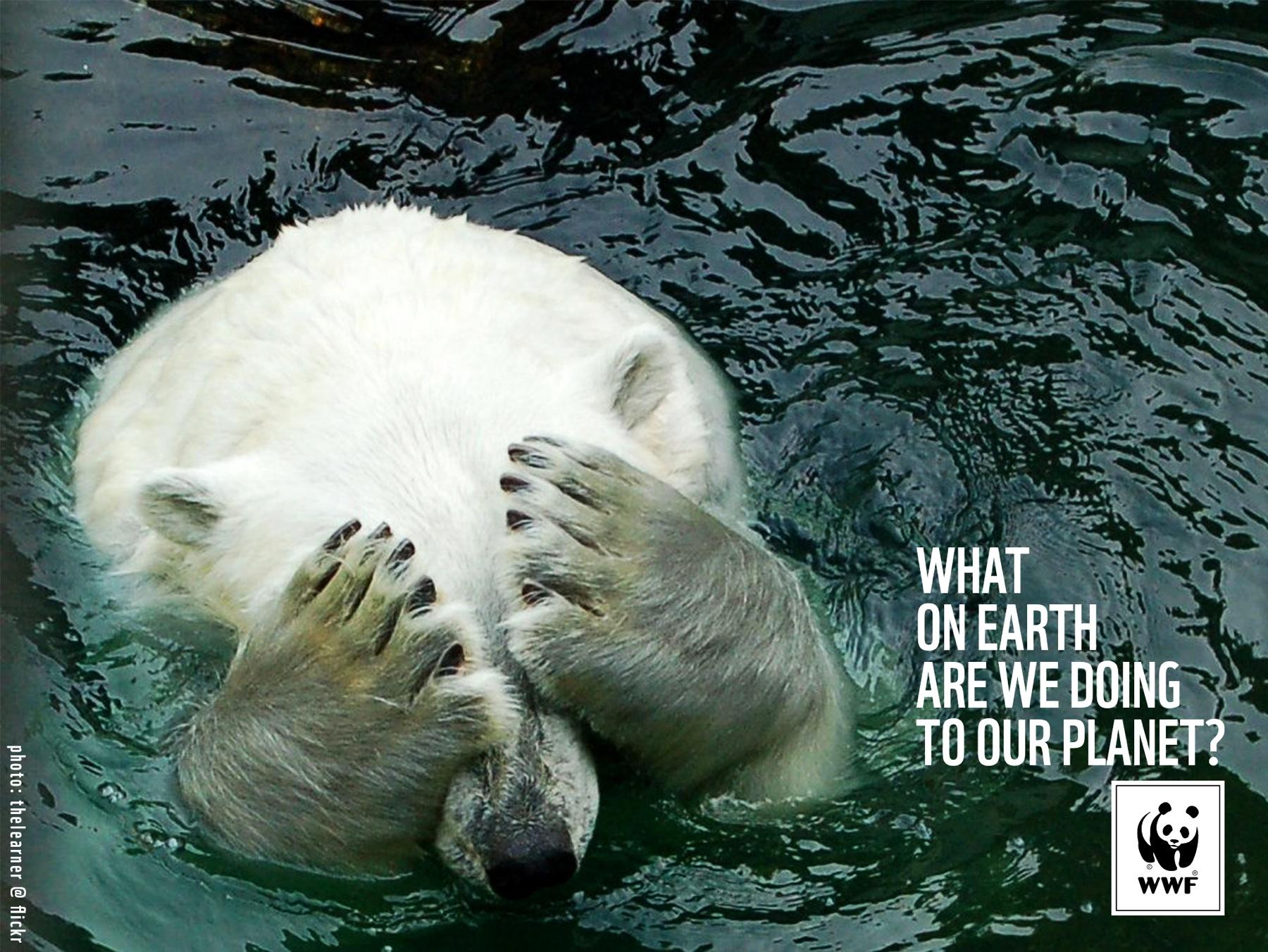Put your growth on autopilot
GrowSurf is modern referral program software that helps product and marketing teams launch an in-product customer referral program in days, not weeks. Start your free trial today.
Emotional marketing at its finest is marketing that makes you feel. After all, that's what emotions are all about, feeling things. That doesn't mean you have to constantly make people feel positive emotions either. Negative emotions like fear, anger, and sadness can be just as powerful, if not more so, than positive emotions like happiness and joy. Research shows that emotions like disgust, fear, and anger have a stronger influence on behavior and decision-making compared to positive emotions.
Emotional marketing refers to advertising and marketing efforts that primarily use emotion to make audiences notice, remember, share, and buy. It typically taps into a singular emotion like happiness, sadness, anger, or fear to elicit a desired consumer response. As the name suggests, emotional marketing aims to form an emotional connection with the audience.
Ever felt that pang in your heart as you watch a little Labrador puppy make friends with a horse in a Budweiser advert? Or cry like a baby as you watch a Thai surgeon save the man who fed him as a street child? Sure you have, and you've been the subject of some emotional marketing in turn.
This is by no means a modern gimmick, used to sell more beer during the Superbowl. Emotional marketing has been a tactic used for centuries, dating back to ancient Greek philosophers like Aristotle. In his Rhetorical Triangle, Aristotle outlined three modes of persuasion:
Pathos, or emotional appeal, is a key component of persuasive communication that emotional marketers leverage today.

Source: The Visual Communication Guy
Making someone or a group of people feel strongly about something is a great deal of what marketing is. You're persuading people to feel the need to buy something because of x, y or z, whatever that emotion may be. The goal is to create an emotional connection that resonates with your audience on a deeper level. You want people to be talking about your product or service with passion in their circles (think about just how many sales come through word of mouth marketing) or discussing the emotional impact of your marketing campaigns. As Deskera highlights, "Emotional marketing is the deliberate use of persuasive messages that tap into human emotion to form a deep connection with the audience toward achieving the desired result."
While there is a wide range of human emotions, most emotional marketing campaigns tend to focus on a few core feelings:
As Deskera explains, "It can be fear, anger, joy, or any other human emotion that is strong enough to influence decision-making or urge an action."
It’s the negative emotions that people usually react strongest to, so it’s no wonder that marketing companies are focused on harnessing that power to sell their services and products.
But first, let’s have a break from the doom and gloom and focus on the happy side of life. Happiness tends to get people talking and sharing. When taking customers on their buying journey the first thing they tend to exchange with you is a bit of time (they spend time looking and learning about your brand), that is given freely. Next up, they might give you a bit of data (sharing information), usually in exchange for a token, such as an eBook or similar. Next up, they begin to share their trust with you. Once people begin to share their trust in your brand they’ll begin to share your story.
Social media campaigns work best on happiness. It's why you see so many videos of dogs, cats and "heartwarming" stories all over your social media feeds. Brands know that if you watch something and it makes you laugh, smile and feel positive emotions like joy or inspiration, you're more likely to share it with friends and your network. At that point, you're essentially doing their marketing for them through word-of-mouth recommendations and referrals. As Deskera highlights, "Social media campaigns work best on happiness, it's why you see so many videos of dogs, cats and 'heartwarming' stories all over your feed. Brands know that if you watch something and it makes you laugh, smile and feel positive, you're more likely to share it with friends."
Clickbait titles galore! Sadness is an emotion that drives people to click and engage with a brand's content. Humans naturally feel compelled to empathize and offer support when exposed to sadness, not to wallow in it but to help others in need. For the most part, people want to feel useful by connecting with and uplifting those going through difficult times.
On social media, savvy emotional marketers leverage this by posting vague, sadness-evoking updates like "Can't believe this has happened to me. How can I cope?" This vagueness and hint of sadness prompts an outpouring of supportive comments and engagement as people seek to empathize and uplift the brand. As HubSpot explains, "Feelings of sadness inspire us to act and help people, which typically manifests in fiscal giving."
It's a useful tactic to use, but one to employ judiciously. A brand that constantly markets through sadness risks being perceived as overly negative or depressing. However, a light touch of sadness used sparingly can pay dividends by inspiring empathy and support. Audiences tend to engage more with sad content, whether to understand the root cause, offer assistance to those affected, or simply connect over shared experiences. As Deskera notes, "Sadness is what drives people to click and engage with a brand's content. It's an emotion that humans naturally flock to, not to wallow in but to be there as a support."
Fear is one of the most powerful emotions that marketers can leverage to build brand loyalty and customer reliance. From car manufacturers emphasizing safety ratings to insurance providers highlighting potential risks like "What if you get cancer?", fear marketing tactics create a sense of urgency and need for a product or service.
As Deskera explains, "Fear leads to... embracing what's comfortable... meaning your consumers will lean on you more when things take a turn for the worse." By positioning a brand as a trusted solution to customers' fears and anxieties, emotional marketing can foster long-term loyalty as people seek familiarity and safety.

Source: Branding Strategy Insider
Interestingly, brands that address customer fears head-on during times of uncertainty tend to be viewed more favorably than those that stay silent. Take the COVID-19 pandemic as an example - there was widespread fear and anxiety about health risks, job security, financial instability, and more. The brands that acknowledged these fears and positioned themselves as sources of reassurance and safety resonated strongly. Marketing slogans like "Now, more than ever..." capitalized on this climate of fear.
As Deskera highlights, "Brands used this fear to provide reassurance and safety, how many times did you hear, 'Now, more than ever...'" By tapping into prevalent fears, brands were able to reinforce their reliability and build deeper customer loyalty during the crisis.
Fear marketing can work in two key ways. Brands can either highlight potential fears and risks like cancer, accidents, or financial instability, then position their product/service as the solution to mitigate those fears. Or they can take a more aspirational approach, portraying themselves as a trusted partner and source of safety to turn to during uncertain times.
As Doxee explains, "Fear is used to make you seek safety and sanctuary." Whether instilling fear to sell preventative measures or offering refuge from existing fears, emotional fear marketing is a powerful tool for building customer loyalty and brand reliance.
Few emotions drive more heated discussion and sharing than anger. Recent years have seen numerous brands tap into feelings of anger and outrage around social and political causes, taking a stand to connect with passionate audiences. The Black Lives Matter movement and subsequent brand activism is a prominent example of leveraging anger for viral marketing.
As HubSpot notes, "Anger and passion make us stubborn... and stubbornness leads to viral content and loyal followers." By aligning themselves with consumers' anger about important issues, brands can inspire fierce advocacy and word-of-mouth as people feel compelled to share their stance.
While brands rarely seek to directly anger their customers (as that would be unwise), they do strategically engage with issues their audiences feel passionate anger about. When people are angry, they have a strong desire to voice their stance and be heard. This makes them far more likely to comment, share, and engage with content that resonates with their feelings of anger or outrage.
As Deskera explains, "Nothing gets people talking more than something that they're angry about. Recent times have been full of anger with brands embracing that anger and taking the stand with the cause." By aligning with consumer anger around societal issues, brands can inspire fierce advocacy that spreads like wildfire.
In some cases, brands do intentionally provoke anger as part of their marketing strategy - but this is typically done by highlighting uncomfortable truths or injustices related to their cause. Environmental and animal rights organizations like WWF and PETA frequently use this tactic, sharing harsh realities with the goal of eliciting outrage that inspires people to take action.
As Deskera mentions, "The more emotional they can make people, the more likely they are to engage with the content. The more engagement with the content, the more likely they are to go viral." By provoking justifiable anger around important issues, brands can turn that emotional intensity into powerful advocacy and content sharing.
Sign up for a free trial of GrowSurf to lower your customer acquisition costs, increase customer loyalty, and save gobs of time.

Human emotions are innate, hardwired into our very nature and psyche. By engaging audiences on an emotional level, marketers tap into one of the deepest drivers of human behavior and decision-making. This visceral connection makes emotional marketing campaigns incredibly impactful and memorable.
As HubSpot highlights, "Emotional responses to marketing actually influence a person's intent and decision to buy more than the content of an ad or marketing material." Out of over 1,400 successful ad campaigns analyzed, those focused on emotional content performed about twice as well compared to purely rational ads.
Emotions are deeply memorable and impactful. It's why we vividly recall emotional experiences like embarrassment on a first date or the joy of spending time with friends - our brains are wired to retain memories linked to strong feelings. The same applies to marketing - emotional ad campaigns are far more memorable than purely rational ones. As Deskera notes, "Adverts on television are generally remembered for being heartwarming, hilarious or shocking. No one remembers a yoghurt advert."
Emotional content has a natural ability to spark discussion, advocacy, and word-of-mouth - whether through real-life conversations or social media sharing. This increased sharability and resonance directly influences consumer decisions throughout the entire buying journey. As Doxee explains, "That emotional connection has been proven to increase customer loyalty and, potentially, encourage more customers to become brand evangelists."
Forming authentic emotional bonds makes customers far more likely to not only remain loyal, but to actively promote and advocate for a brand to others. This can create a powerful cycle of awareness, engagement, and new customer acquisition driven by emotional marketing.
Ads that pulled on the heart strings were found to be 15% more likely to convert customers than those that relied on logic and cold rationale.
A study by Harvard Business Review found that customers with an emotional bond to a brand have a 306% higher lifetime value compared to those without that emotional connection.
Coca-Cola major on happiness in their marketing campaigns. Whenever it gets to that time of year when the red trucks with glittering lights make their way through the snow, everyone gets that fuzzy feeling that the holiday season is approaching.
More recently, their Share a Coke campaign focused on the happiness of friendship emotion. By getting their customers to imagine themselves in a pleasant, happy situation where they were sharing a product with a particular person it made for a strong emotional and personal connection. The campaign was hugely popular, so popular that “1.25 million more teens tried a Coke during the following summer and sales of participating Coca-Cola packages rose by a phenomenal 11% in the US.”

Source: Marketing Mag AU
Marketers in Australia for McDonalds did their research on this one. They discovered that there were high numbers of high value coins in high circulation within their economy, but psychologically these coins were still being treated as “loose change”. This was the launch of their version of the Dollar Saver menu.
The sadness side of the campaign was in the visual imagery that the campaign used. It was simple but played on the fact that, because everyone would use their loose change to eat at McDonalds, old machines that would previously have taken that change were now sad and redundant.

Source: Trend Hunter
The campaign worked wonders, in fact after a rocky start to 2012, the CMO at the time, Mark Lollback said, ''It was a slow start, but basically from March, April and on we have had a very strong year from when we launched the 'Loose Change' menu, ''
Fear isn’t just about fear of something happening to you such as injury, death or a sad event. In fact, one of the most popular methods of fear marketing is FOMO. The fear of missing out. In this instance, people have been using FOMO for years. Nike’s own slogan, Just Do It, plays entirely on the FOMO factor.
That said, there have been some incredibly stimulating advertising campaigns that have relied on good old fashioned fear. We’ve seen many of them recently regarding coronavirus safety measures. One of the most memorable, from 1987, was the UK government’s use of fear in their campaign for AIDS awareness. The advert was straight up terrifying but the then Health Secretary Norman Fowler felt it was entirely justified, "The TV adverts we ran were certainly hard-hitting. There was no point spending a load of money to send out innocuous adverts."
Anger in advertising is found regularly and across many channels. Probably some of the best examples are from environmental and humanitarian charities that play on the torridness of global situations to raise awareness and funds through anger.
The WWF majors on these styles of adverts, playing on people’s inherent anger towards species becoming endangered and disappearing from our planet, and, more recently, the increasing issue of plastics in oceans.

Source: Ads of the World
Emotional marketing is powerful, it works and can do wonders for creating connections on a human level. Happiness, sadness, fear and anger can all lead to sales and profitability when used right.
Sign up for a free trial of GrowSurf to lower your customer acquisition costs, increase customer loyalty, and save gobs of time.


GrowSurf is modern referral program software that helps product and marketing teams launch an in-product customer referral program in days, not weeks. Start your free trial today.
Word-of-mouth marketing reigns supreme when it comes to growth and increasing sales. According to the Word of Mouth Marketing Association (WOMMA), there are more than 2.4 billion brand-related conversations everyday in the United States.
Word of mouth marketing can be the strategy that skyrockets your business and takes it to another level. Here we tell you all you need to know about it.
Referrals marketing works because it's based on human psychology. Customer referrals will still be effective 100 years from now and here's exactly why.